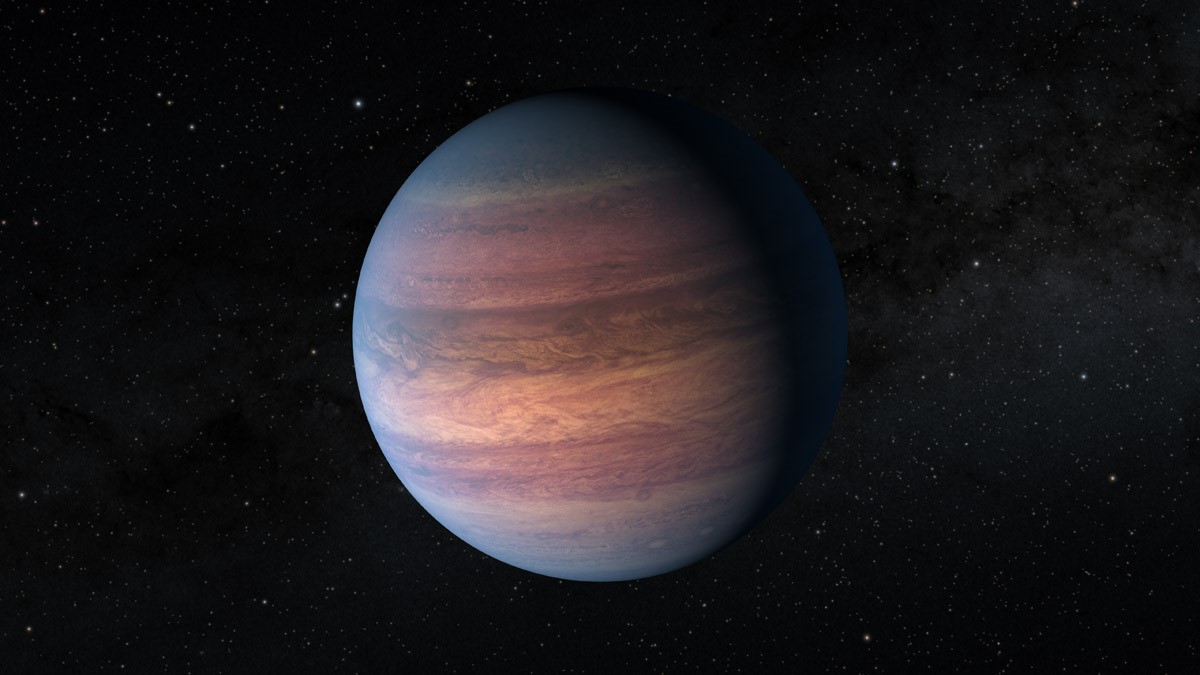Jupiter-size gaseous planet discovered in data from NASA's TESS
TOI-2180 b is almost three times more massive than Jupiter but has the same diameter. With an average temperature of about 170 degrees Fahrenheit, the newly-discovered exoplanet is warmer than room temperature on Earth and warmer than the outer planets of our solar system including Jupiter and Saturn.

- Country:
- United States
NASA's citizen scientists have discovered a Jupiter-like giant exoplanet using data from NASA's Transiting Exoplanet Survey Satellite (TESS). The giant gaseous planet, named data from NASA's Transiting Exoplanet Survey Satellite, is about 379 light-years from Earth and orbits a star with the same mass as the Sun.
TOI-2180 b is almost three times more massive than Jupiter but has the same diameter. With an average temperature of about 170 degrees Fahrenheit, the newly-discovered exoplanet is warmer than room temperature on Earth and warmer than the outer planets of our solar system including Jupiter and Saturn.
Using TESS data, scientists and citizen scientists (members of the public) looked for changes in brightness of nearby stars, which indicated the presence of an orbiting planet. You too can become a planet hunter! Join here: https://t.co/2HjrS92EGz https://t.co/l4BNAoMhxf
— NASA Citizen Science (@DoNASAScience) January 14, 2022
According to an article published on NASA's website, on February 1, 2020, citizen scientist Tom Jacobs of Bellevue, Washington, noticed a plot showing starlight from TOI-2180 dim by less than half a percent and then return to its previous brightness level over a 24-hour period.
Thereafter, the Visual Survey Group, Jacobs' group that includes several citizen scientists and two veteran astronomers, alerted two professional scientist collaborators, Paul Dalba at the University of California, Riverside, and Diana Dragomir, assistant professor at the University of New Mexico, who then used the Automated Planet Finder Telescope at Lick Observatory in California and the Keck I telescope at the W. M. Keck Observatory in Hawaii for observations.
With 27 hours of observations, they observed the planet's gravitational tug on the star, which allowed them to calculate the planet's mass and estimate a range of possibilities for its orbit. The team predicts that TESS will see the planet transit its star again in February 2022.
Launched in 2018, NASA's TESS is on an extended mission till September 2022. The exoplanet-hunter recently completed its 100th orbit










